What is secondary infertility and how is it treated
Understanding Secondary Infertility: Causes, Diagnosis, and Treatment

An Insight into Secondary Infertility
Secondary infertility is a common yet often overlooked reproductive health issue affecting millions worldwide. It refers to the inability to conceive or carry a pregnancy to full term after having previously given birth without difficulties. Despite its prevalence—impacting up to 14% of women—many people are unaware of its causes, diagnostic process, and available treatment options. This article explores the complexities of secondary infertility, including its causes in both women and men, the diagnostic procedures, and the latest treatment options available to help couples realize their reproductive goals.
What is Secondary Infertility?
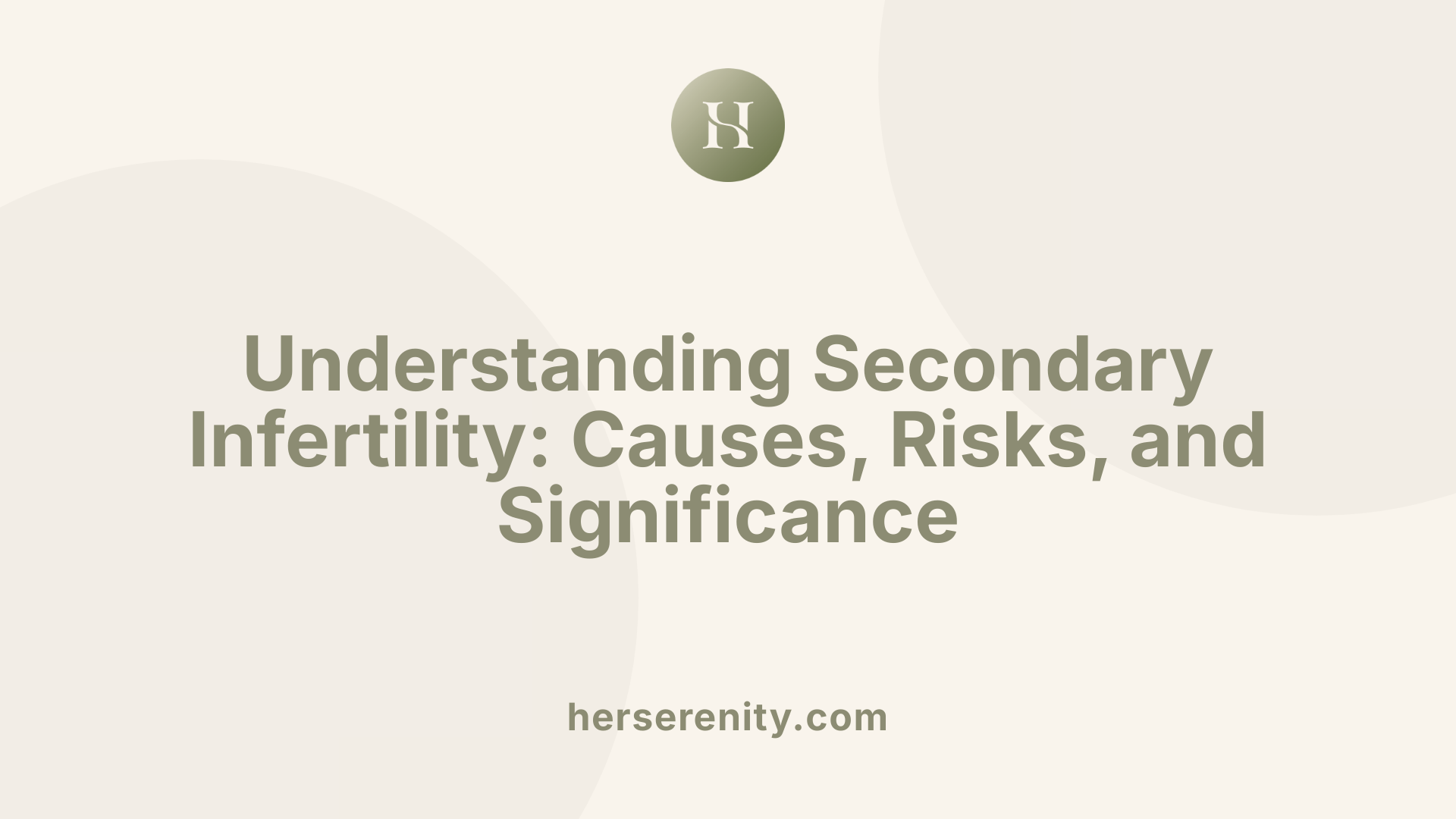 Secondary infertility refers to the difficulty in conceiving or carrying a pregnancy to full term after having previously conceived naturally and delivered at least one child without trouble. Unlike primary infertility, where pregnancy has never been achieved, secondary infertility affects individuals who have already experienced pregnancy and childbirth.
Secondary infertility refers to the difficulty in conceiving or carrying a pregnancy to full term after having previously conceived naturally and delivered at least one child without trouble. Unlike primary infertility, where pregnancy has never been achieved, secondary infertility affects individuals who have already experienced pregnancy and childbirth.
This condition impacts both men and women equally and is surprisingly common. Globally, it is estimated that between 8.7% and 32.6% of couples experience secondary infertility, with around 11% of couples in the United States facing this challenge. It constitutes roughly 60% of all infertility cases, highlighting its significance in reproductive health.
Many women and couples with secondary infertility can still conceive with medical help, such as fertility treatments like IVF or medications. Early evaluation and treatment improve the chances of successful conception. Recognizing the signs early and understanding the causes can lead to timely intervention and increased likelihood of pregnancy.
Causes of Secondary Infertility: In Women and Men
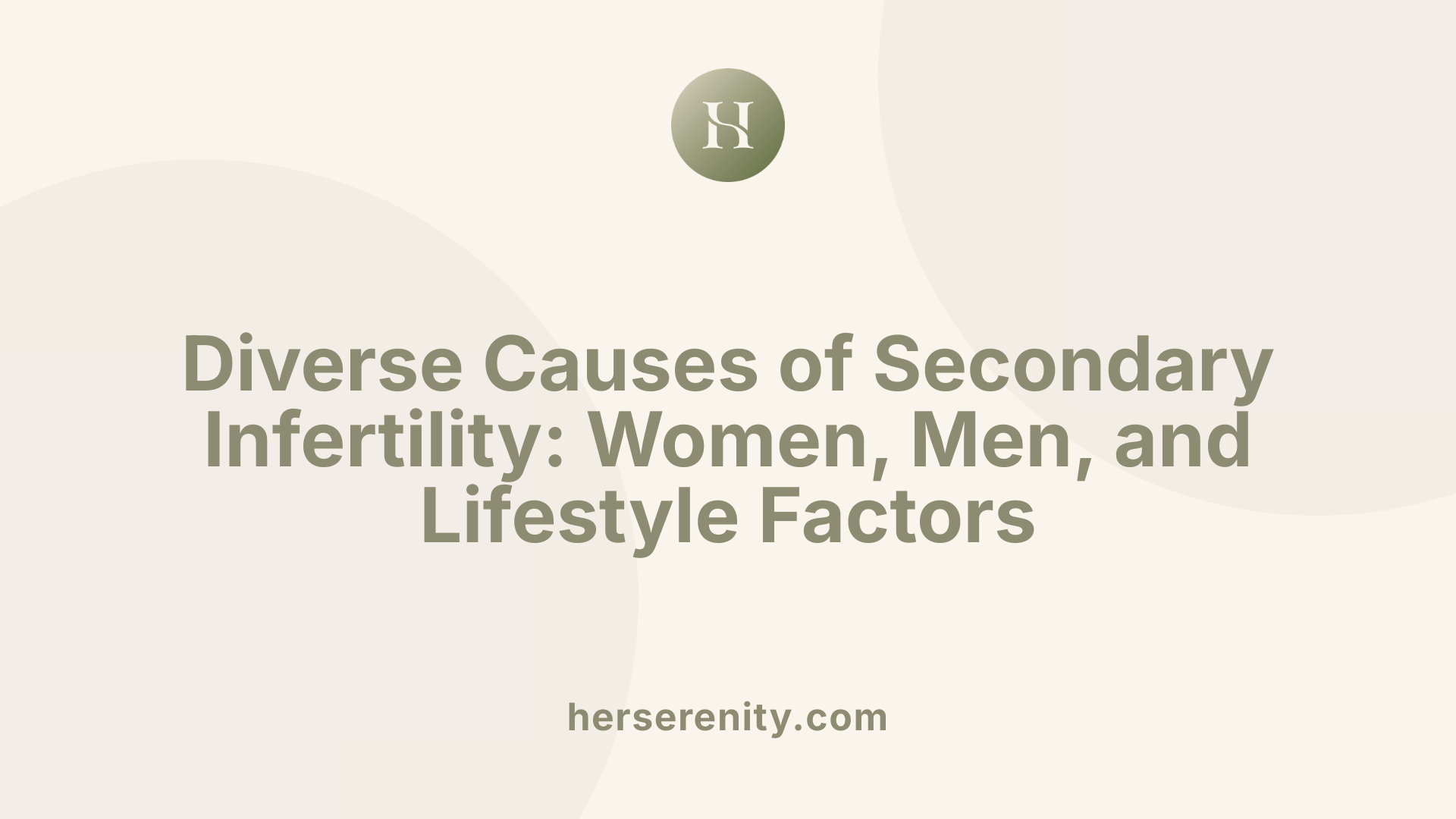 Secondary infertility, the inability to conceive or carry a pregnancy after previous successful childbirth, can stem from a wide array of factors affecting both women and men.
Secondary infertility, the inability to conceive or carry a pregnancy after previous successful childbirth, can stem from a wide array of factors affecting both women and men.
In women, age is a predominant influence, particularly after age 35, as egg quantity and quality diminish. This decline results in reduced fertility and increased chances of miscarriage. Structural issues such as damaged or blocked fallopian tubes, often caused by pelvic inflammatory disease or prior surgeries like cesarean sections, hinder the egg's journey to meet sperm.
Hormonal and medical conditions also play significant roles. Polycystic ovary syndrome (PCOS), endometriosis, and other hormonal imbalances disrupt ovulation, preventing conception. Uterine abnormalities, including fibroids or adhesions, can interfere with implantation or pregnancy maintenance.
In men, factors like diminished sperm production, low motility, or abnormal morphology pose challenges. Age-related decline, especially over 40, reduces sperm quality. Hormonal imbalances, varicoceles (enlarged veins in the scrotum), and infections can impair sperm development or delivery.
Lifestyle choices substantially impact reproductive health. Smoking cigarettes, heavy alcohol consumption, obesity, and exposure to environmental toxins like pesticides can harm both male and female fertility. Excessive stress and poor nutrition further impair hormonal balance and reproductive function.
Diagnosis typically involves medical history review, hormone testing, semen analysis, ultrasounds, and imaging of reproductive organs. Treatment depends on the underlying cause and may include lifestyle modifications, medications, surgical interventions, or assisted reproductive technologies such as IVF.
Understanding these diverse causes highlights the importance of comprehensive evaluation and tailored treatment plans for couples facing secondary infertility.
Recognizing Symptoms and the Diagnostic Process
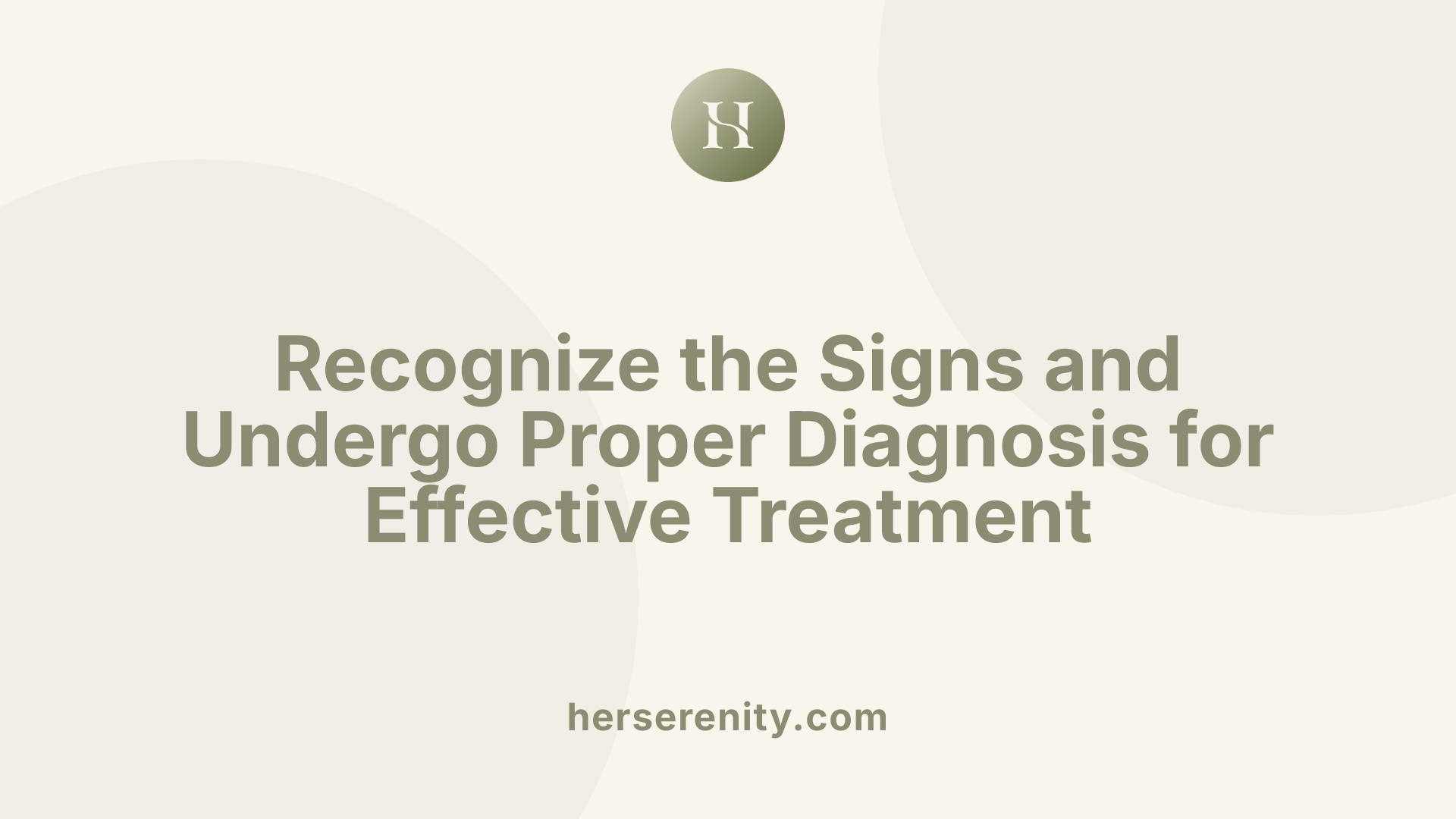 Secondary infertility generally presents as the difficulty in conceiving again after having previously conceived without issues. Unlike some health conditions, it often does not come with distinctive symptoms other than the inability to become pregnant. However, underlying causes can sometimes cause related signs.
Secondary infertility generally presents as the difficulty in conceiving again after having previously conceived without issues. Unlike some health conditions, it often does not come with distinctive symptoms other than the inability to become pregnant. However, underlying causes can sometimes cause related signs.
In women, signs may include irregular or absent menstrual cycles, which can point to underlying problems like polycystic ovary syndrome (PCOS) or endometriosis. Pelvic pain or discomfort might also be noticeable if there are conditions like endometriosis or scar tissue from previous surgeries. For men, symptoms can include erectile dysfunction, low semen volume, or testicular discomfort, which may signal issues in reproductive health.
The main indicator of secondary infertility is failed conception despite prior successful pregnancies. If trying to conceive for over a year (or six months if over 35), medical evaluation becomes essential.
Diagnosis involves various tests tailored to uncover the causes. Women typically undergo blood tests to assess hormone levels, ovarian reserve tests, pelvic ultrasound scans, and imaging procedures like hysterosalpingography (HSG) to evaluate the uterus and fallopian tube patency. Hysterosonography or hysteroscopy may be utilized to examine uterine abnormalities. Men generally receive semen analysis to assess sperm count, motility, and morphology. Hormonal testing and ultrasound of the testes are performed when necessary.
In some cases, more invasive assessments like laparoscopy are conducted to directly visualize reproductive organs, identify endometriosis, or treat blockages or scar tissue. These diagnostic approaches help specialists determine whether structural issues, hormonal imbalances, or other conditions are preventing conception.
Overall, early and accurate diagnosis is vital in planning effective treatment strategies, offering hope for couples affected by secondary infertility.
Treatment Options and Management Strategies
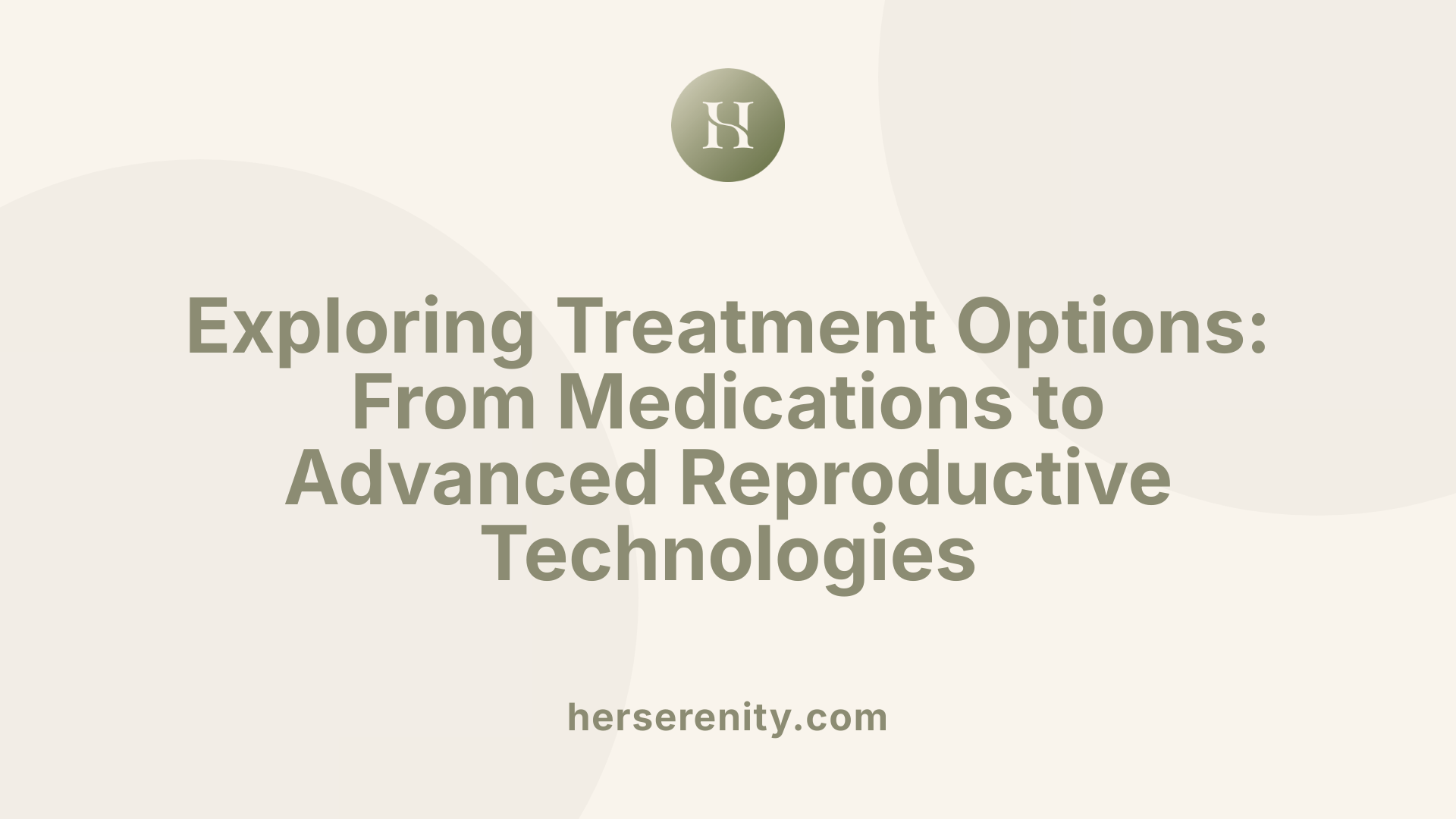
What are the treatment options for secondary infertility?
Treatment approaches for secondary infertility are tailored to address the specific underlying causes identified during diagnosis. Medical therapies often include medications such as clomiphene citrate or letrozole to stimulate ovulation in women facing ovulatory disorders.
Hormonal therapies may also be used to correct endocrine imbalances affecting fertility. Surgical interventions can repair blockages in the fallopian tubes, remove uterine fibroids or polyps, and treat endometriosis, which are common impediments to conception.
In cases involving male factor infertility, procedures like varicocele repair or sperm retrieval techniques can improve sperm quality.
Assisted reproductive technologies (ART), such as intrauterine insemination (IUI), in vitro fertilization (IVF), and intracytoplasmic sperm injection (ICSI), are frequently employed, especially when structural issues or severe infertility are diagnosed.
Lifestyle modifications, including weight management, cessation of smoking, and reduction of alcohol consumption, also play a vital role in improving fertility outcomes.
Personalized treatment plans that target the specific causes of secondary infertility provide the best chances of conception and successful pregnancy.
How is secondary infertility treated?
Treating secondary infertility involves a comprehensive approach based on the root causes. Medical treatments may include fertility drugs that induce or regulate ovulation, along with hormonal therapies if necessary.
Surgical options are considered to repair damaged fallopian tubes, remove fibroids, or treat endometriosis, all of which can contribute to infertility.
Enhanced success rates are often achieved through assisted reproductive technologies such as IVF, which are particularly effective in cases with tubal damage, ovarian issues, or when other treatments fail.
Lifestyle changes are crucial; adopting a healthy diet, increasing physical activity, reducing stress levels, and avoiding smoking and excess alcohol can significantly support natural conception.
In some situations, donor eggs or sperm are recommended, or third-party options like gestational carriers may be necessary.
Early evaluation and a tailored approach to treatment enhance the likelihood of pregnancy, helping couples overcome secondary infertility and expand their families.
Psychological Well-being and Support Resources
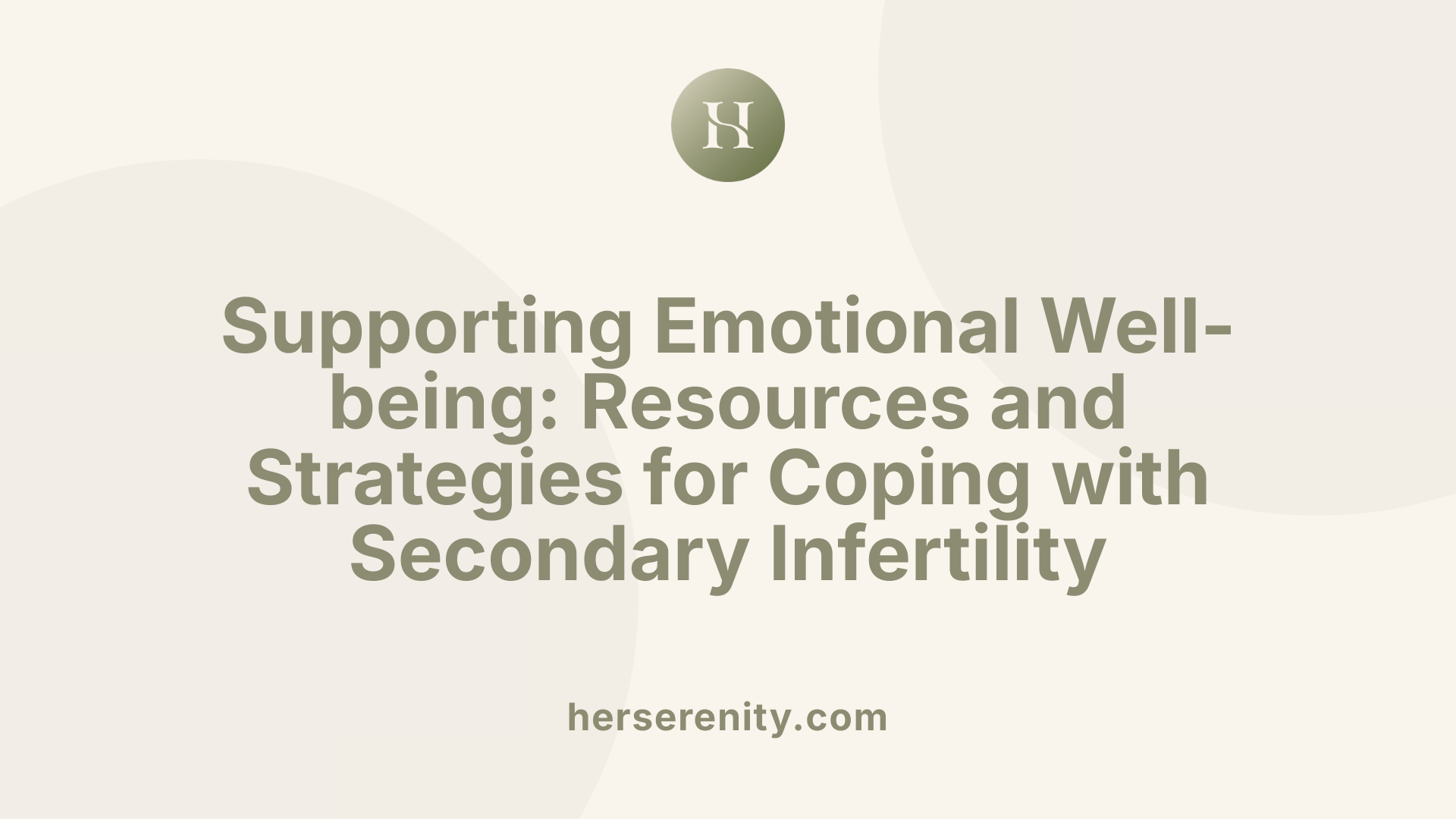
What emotional or psychological impacts can secondary infertility have?
Secondary infertility can cause profound emotional turmoil. Individuals often face feelings of frustration, sadness, guilt, and anxiety due to their inability to conceive again after previous successful pregnancies. For many women, this situation triggers a sense of failure or inadequacy, despite having already experienced motherhood.
This emotional distress isn’t limited to women; it can affect men as well, leading to feelings of shame or helplessness. The strain can extend into relationships, sometimes causing tension or misunderstandings between partners.
Furthermore, societal and familial expectations to have more children are intense, which can amplify feelings of guilt or disappointment. Over time, these emotional challenges may lead to depression or a decrease in self-esteem.
To address these issues, seeking mental health support—such as counseling or therapy—is highly beneficial. Support groups provide a space to share experiences and receive comfort from others facing similar struggles.
Recognizing the psychological toll of secondary infertility highlights the importance of holistic care. Emotional well-being should be prioritized alongside medical treatment to improve overall quality of life.
Support groups and counseling
Support groups can connect individuals and couples experiencing secondary infertility, helping them to feel less isolated and more understood. Many organizations offer peer-led groups, both in person and online.
Counseling services, including individual and couples therapy, can help manage feelings of anxiety, sadness, and frustration. Mental health professionals trained in reproductive health can provide coping strategies tailored to each person’s situation.
Strategies for coping with emotional stress
- Open Communication: Talk openly with your partner about feelings and concerns.
- Self-care: Engage in activities that promote relaxation and happiness, such as exercise, hobbies, or mindfulness practices.
- Education: Learning about infertility can lessen feelings of helplessness and empower decision-making.
- Professional Help: Don’t hesitate to seek counseling or therapy for ongoing emotional distress.
By embracing these supportive strategies, individuals facing secondary infertility can better navigate their emotional journey.
More information
For further insights into the emotional impacts of secondary infertility, searching "Psychological impact of secondary infertility" can provide valuable resources and stories from others who have experienced similar challenges.
Navigating the Path Forward
While secondary infertility can be emotionally and physically challenging, advances in diagnosis and fertility treatments provide hope for many couples. Understanding its causes, seeking early assessment, and adopting personalized management strategies significantly improve the chances of conception. Support from healthcare professionals, mental health resources, and community networks is essential to cope with the emotional stresses. With medical progress and emotional resilience, many individuals and couples find pathways to parenthood again, turning challenges into opportunities for hope and new beginnings.
References
- Secondary Infertility – Causes and Treatments - Penn Medicine
- Secondary infertility: Why does it happen? - Mayo Clinic
- Secondary Infertility | RESOLVE
- Secondary Infertility | Reproductive Science Center of NJ
- What to Know About Secondary Infertility - WebMD
- Infertility - NHS
- Secondary Infertility | University of Utah Health
- Secondary infertility: Causes, statistics, treatment options, and more
- Facing Secondary Infertility - Northwestern Medicine



































































































